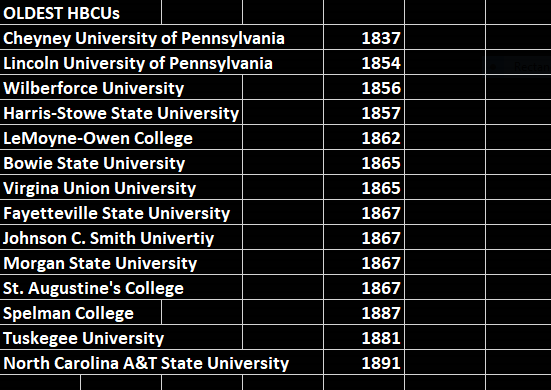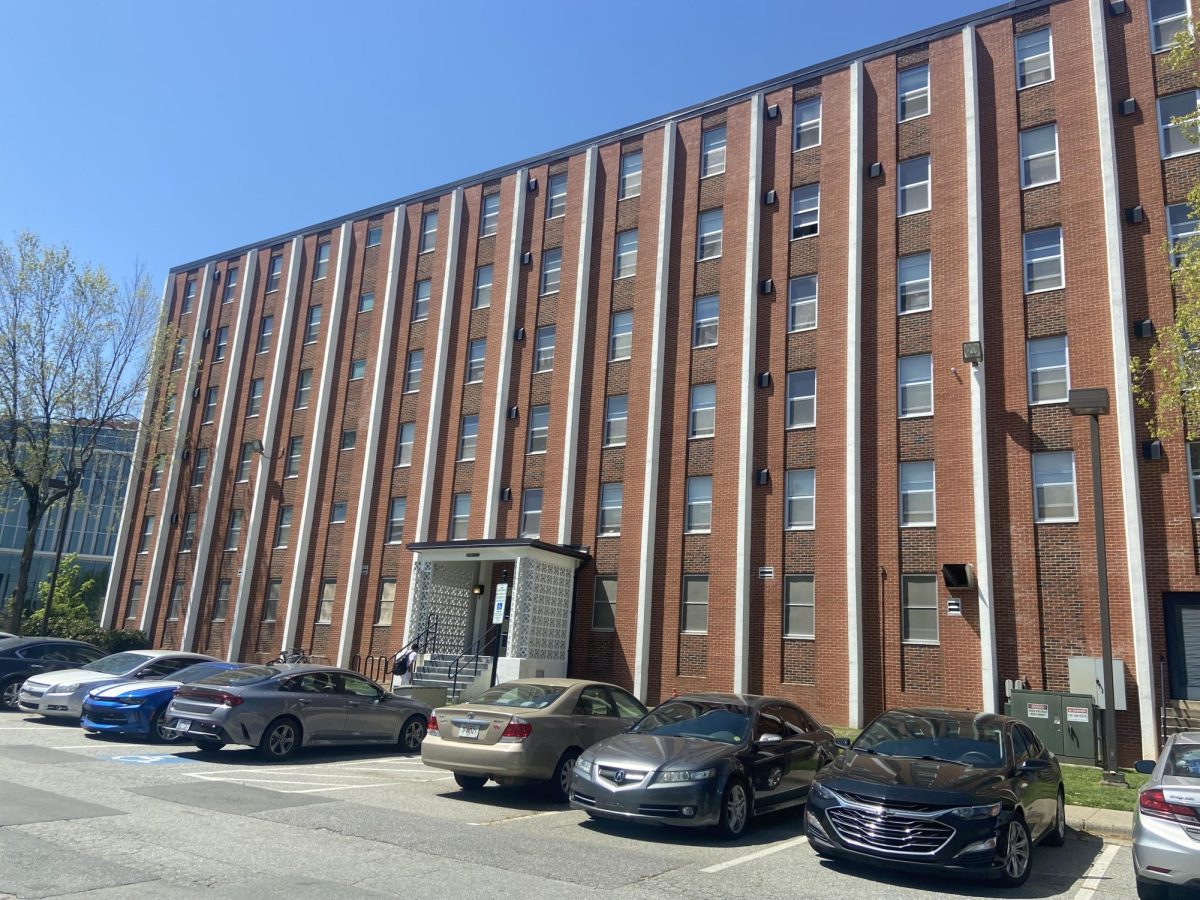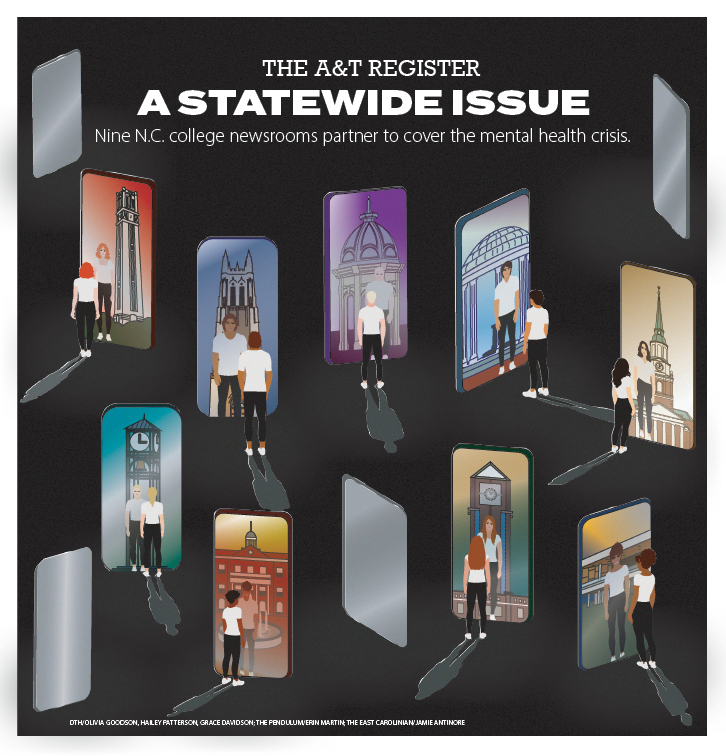Historically Black Colleges and Universities were established in 1837; these institutions were made for the betterment of black people.
The sole purpose was to give African Americans the education they could not get at predominantly white colleges due to the vast amount of racism and segregation at the time.
“The Federal Government supported HBCUs so that black people could have the opportunity to have an education,” said Fuabeh P. Fonge, a history professor at North Carolina Agricultural and Technical State University.
The first HBCU was Cheyney University of Pennsylvania. Founded in 1837, Cheyney was originally known as the “Institute for Colored Youth.” This institute was funded by a white philanthropist known as Richard Humphreys.
Richard Humphreys was disheartened by the struggles African Americans endured when it came to seeking employment because of their lack of education; as in result, he devoted one-tenth of his estate to the establishment of Cheyney University. HBCUs were rejected by white American academics.
Not many white professors wanted to teach black students in black schools.
This was a disservice to the black community. Because of this, an unsuspected alliance between Jewish scholars and HBCUs began. The Holocaust and Adolf Hitler’s degrading and brutal seizing of Germany in 1933 provided black institutes with profound educators.
Hitler’s takeover led to the expulsion of all non-Aryans, leaving these people with no choice but to leave or face brutal punishments. This meant that many citizens of Germany left their country with nothing more than the cloth on their backs.
Quite a few of these people were renowned scholars of illustrious universities. These educators escaped to America in anticipation that they would be able to continue their careers as educators.
Jewish scholars found themselves in a new country, exposed to a different environment known as the Jim Crow South. This is where they began to teach at HBCUs while many white professors ignored the black colleges.
These refugee scholars found a place where they could make an impact. These scholars taught at several schools such as Howard University, Hampton University, Tugaloo College and Talladega college.
HBCUs have been a great addition to the black community. They not only provide a place to help one find their identity but also a place to embrace black culture and learn about black history.
“Being at an HBCU shows me that I am able to do something good with my life. Where I come from, you’re either working in fast food or a factory. Coming to an HBCU made me realize that I am more than that” said Shavanya Mackroy, sophomore finance student.
Since its establishment, HBCUs continue to provide an education and community for black people.







